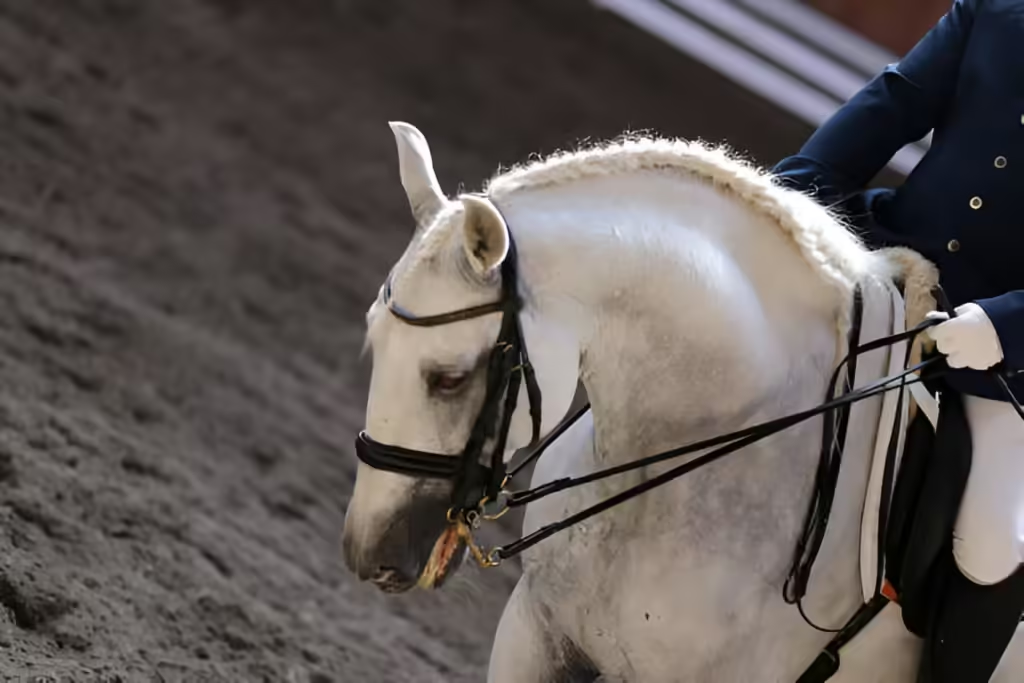Discover the importance of patience in the horse breaking process. Learn how a calm, steady approach builds trust, ensures safety, and achieves better results.
Breaking a horse is no small feat. It requires not only skill and experience but an extraordinary amount of patience. In the world of training horses, patience isn’t just a virtue-it’s a necessity.
This blog post aims to highlight why patience is so crucial in the horse breaking process and how it can make or break your training efforts. Read on.
Understanding Horse Behavior
Before even starting the breaking process, it’s essential to understand horse behavior. Horses are prey animals with a natural flight response. This instinct can make them wary of new experiences and hesitant to trust humans.
Recognizing this fundamental aspect of their nature is the first step toward a successful training process. When you understand why a horse acts a certain way, it becomes easier to respond appropriately, reducing stress for both you and the animal.
Building Trust with Your Horse
Trust forms the foundation of any relationship, and the one between horse and trainer is no different. Building trust takes time and cannot be rushed. Horses need to feel safe and secure before they can be receptive to training.
Spending quality time with your horse outside of training sessions helps to build this bond. Grooming, hand-feeding, and gentle talking are simple yet effective ways to foster trust. It’s helpful to consult an expert to learn more about how do people train horses.
The Slow and Steady Approach
When it comes to horse breaking, slow and steady genuinely wins the race. Rushing the process can lead to a host of issues, from behavioral problems to physical injuries.
Each step should be introduced gradually, allowing the horse ample time to adjust. This method not only ensures better results but also makes the entire experience more enjoyable for both the horse and the trainer.
The Importance of Consistency
Consistency is key in horse training. Horses learn through repetition, so maintaining a consistent routine helps solidify new behaviors. This consistency extends to your demeanor as well.
Horses are highly perceptive and can pick up on your mood and energy levels. Staying calm and composed, even when things aren’t going as planned, will help your horse feel more at ease.
Recognizing Progress
Progress in horse breaking often comes in small, incremental steps. It’s important to recognize and celebrate these little victories.
This not only boosts your confidence but also reinforces positive behavior in your horse. Whether it’s standing still while being groomed or taking the first steps in a saddle, acknowledging progress keeps the momentum going.
Handling Setbacks
Setbacks are inevitable in any training process. How you handle these setbacks can make a significant difference. Losing your temper or becoming frustrated will only set you back further.
Instead, take a step back, reassess the situation, and try a different approach. Remember, patience is about persistence as much as it is about waiting.
The Role of Positive Reinforcement
Positive reinforcement is a powerful tool in horse training. Rewarding your horse for good behavior encourages them to repeat those actions.
This can be in the form of treats, verbal praise, or even a gentle pat. The key is to be immediate and consistent with your rewards so that your horse makes a clear connection between the action and the reward.
Try Out Horse Breaking Today
Patience isn’t just a nice to have in the horse breaking process. It’s a critical component for success. By following the proven horse training tips, you pave the way for effective training.
Consider enrolling in a specialized horse training program or consulting with experienced trainers. Happy training!
